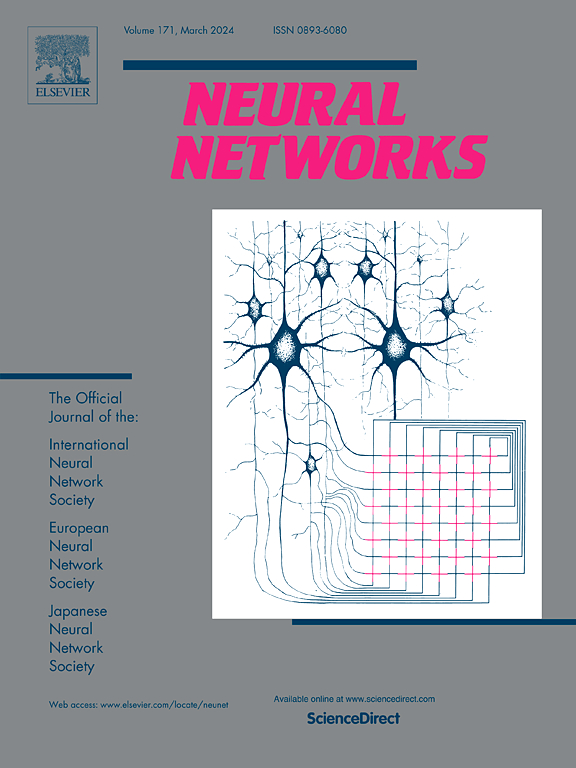Self-supervised brain lesion generation for effective data augmentation of medical images
IF 6
1区 计算机科学
Q1 COMPUTER SCIENCE, ARTIFICIAL INTELLIGENCE
引用次数: 0
Abstract
Accurate brain lesion delineation is important for planning neurosurgical treatment. Automatic brain lesion segmentation methods based on convolutional neural networks have demonstrated remarkable performance. However, neural network performance is constrained by the lack of large-scale well-annotated training datasets. In this manuscript, we propose a comprehensive framework to efficiently generate new samples for training a brain lesion segmentation model. We first train a self-supervised lesion generator based on the adversarial autoencoder to model lesion appearance and shape. Next, we utilize a novel image composition algorithm, Soft Poisson Blending, to seamlessly combine synthetic lesions and brain images to obtain training samples. Finally, to effectively train the brain lesion segmentation model with augmented images we introduce a new prototype consistence regularization to align real and synthetic features. Our framework is validated by extensive experiments on two public brain lesion segmentation datasets: ATLAS v2.0 and Shift MS. Our method outperforms existing brain image data augmentation schemes. For instance, our method improves the Dice from 50.36% to 60.23% compared to the UNet with conventional data augmentation techniques for the ATLAS v2.0 dataset.
用于医学图像有效数据增强的自监督脑损伤生成
准确的脑损伤描述对于计划神经外科治疗是重要的。基于卷积神经网络的脑损伤自动分割方法取得了显著的效果。然而,神经网络的性能受到缺乏大规模良好注释的训练数据集的限制。在这篇文章中,我们提出了一个全面的框架来有效地生成新的样本来训练脑损伤分割模型。我们首先训练一个基于对抗性自编码器的自监督病变生成器来模拟病变的外观和形状。接下来,我们利用一种新的图像合成算法——软泊松混合(Soft Poisson Blending),将合成病变与大脑图像无缝结合,获得训练样本。最后,为了有效地训练增强图像的脑损伤分割模型,我们引入了一种新的原型一致性正则化来对齐真实特征和合成特征。在ATLAS v2.0和Shift ms两个公共脑损伤分割数据集上进行了大量实验,验证了该方法的有效性。例如,与使用传统数据增强技术的UNet相比,我们的方法将ATLAS v2.0数据集的Dice从50.36%提高到60.23%。
本文章由计算机程序翻译,如有差异,请以英文原文为准。
求助全文
约1分钟内获得全文
求助全文
来源期刊

Neural Networks
工程技术-计算机:人工智能
CiteScore
13.90
自引率
7.70%
发文量
425
审稿时长
67 days
期刊介绍:
Neural Networks is a platform that aims to foster an international community of scholars and practitioners interested in neural networks, deep learning, and other approaches to artificial intelligence and machine learning. Our journal invites submissions covering various aspects of neural networks research, from computational neuroscience and cognitive modeling to mathematical analyses and engineering applications. By providing a forum for interdisciplinary discussions between biology and technology, we aim to encourage the development of biologically-inspired artificial intelligence.
 求助内容:
求助内容: 应助结果提醒方式:
应助结果提醒方式:


